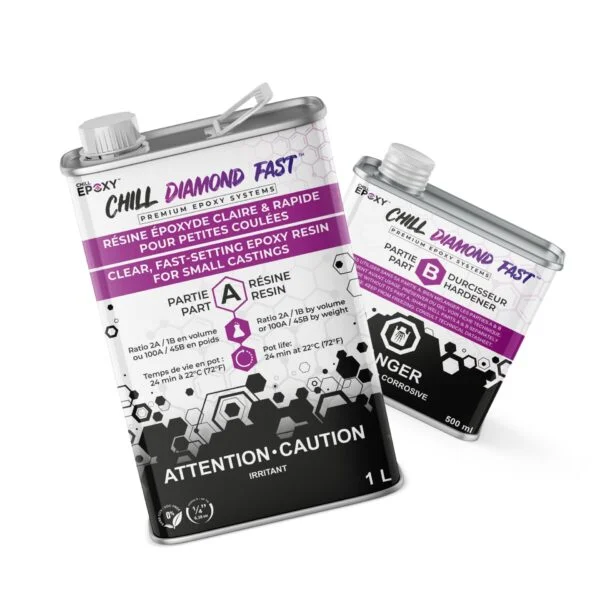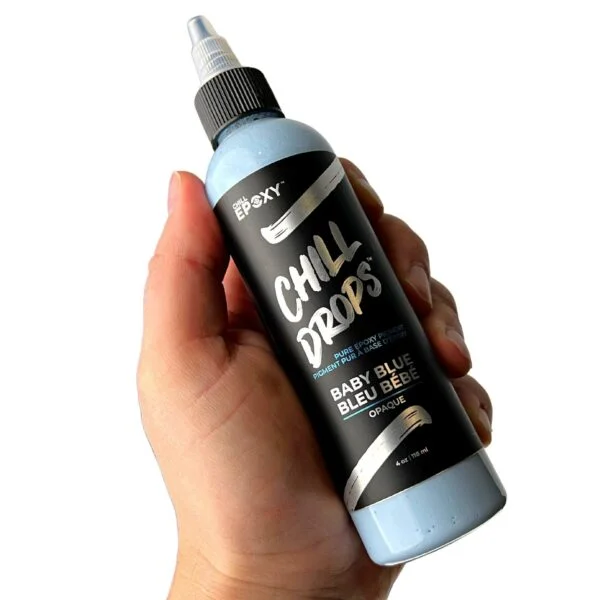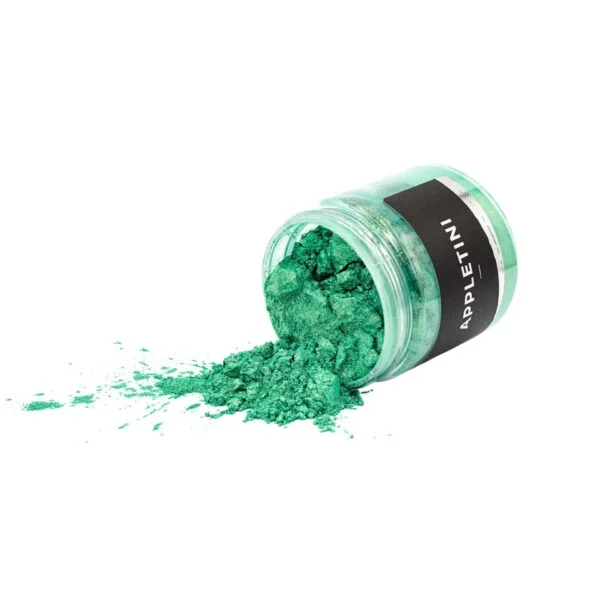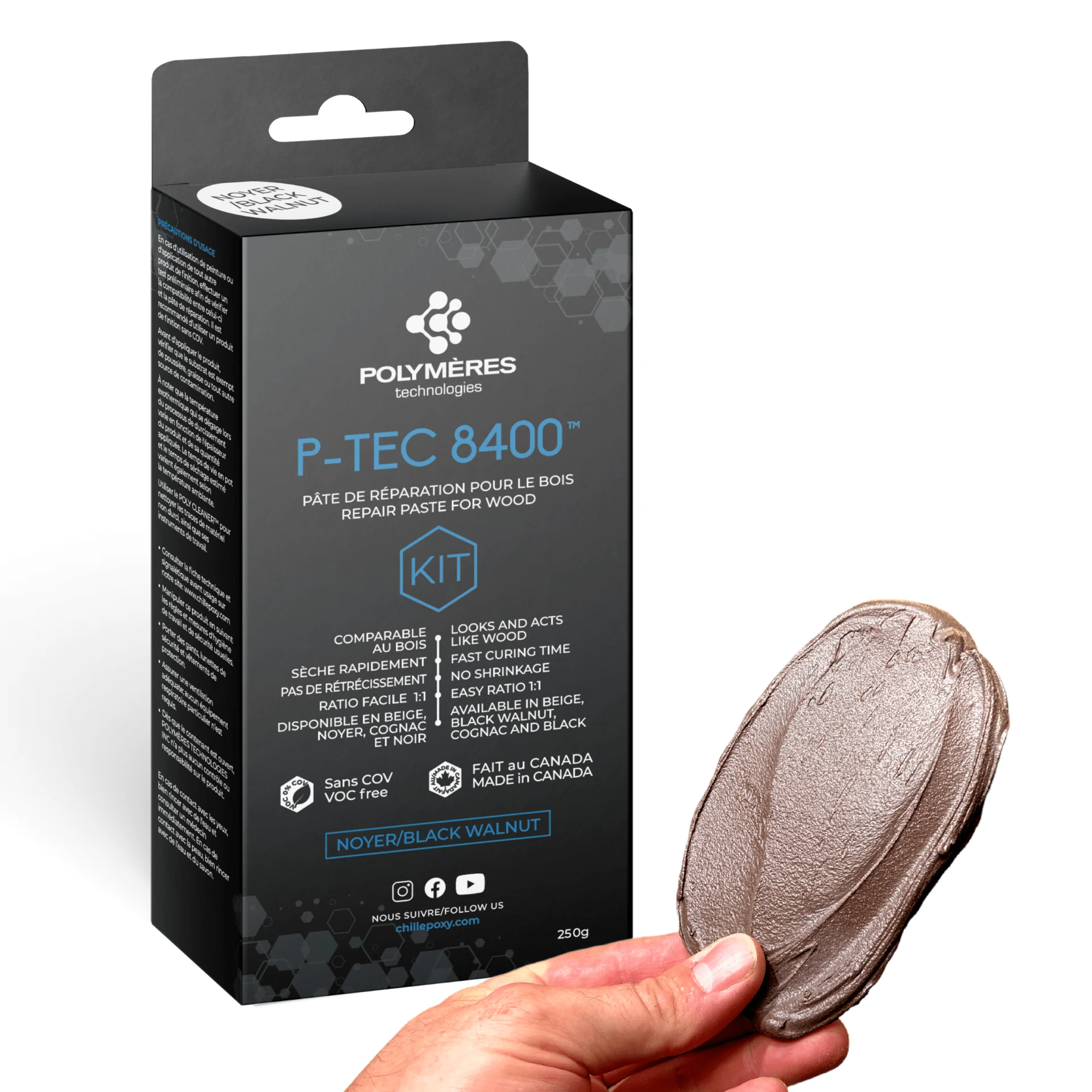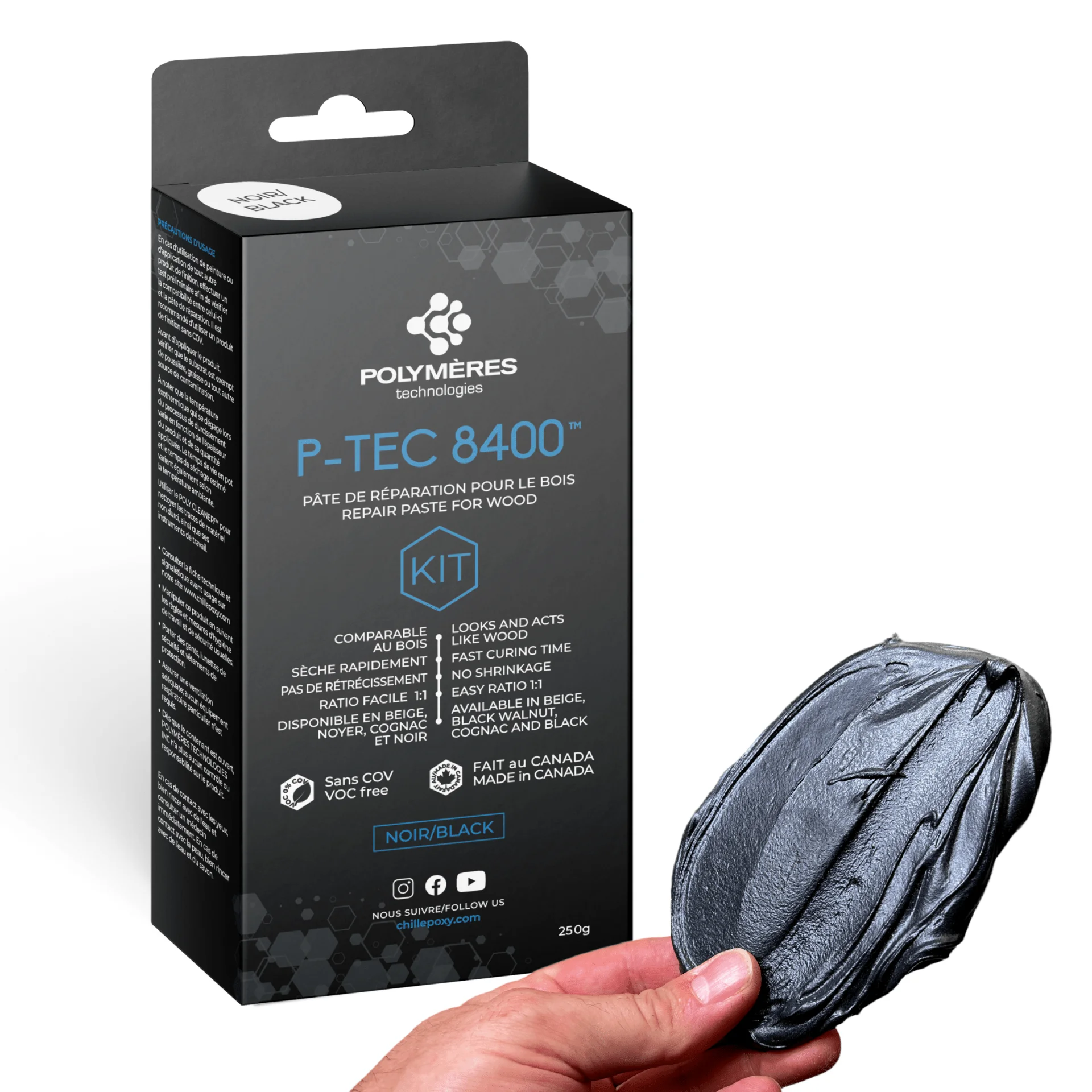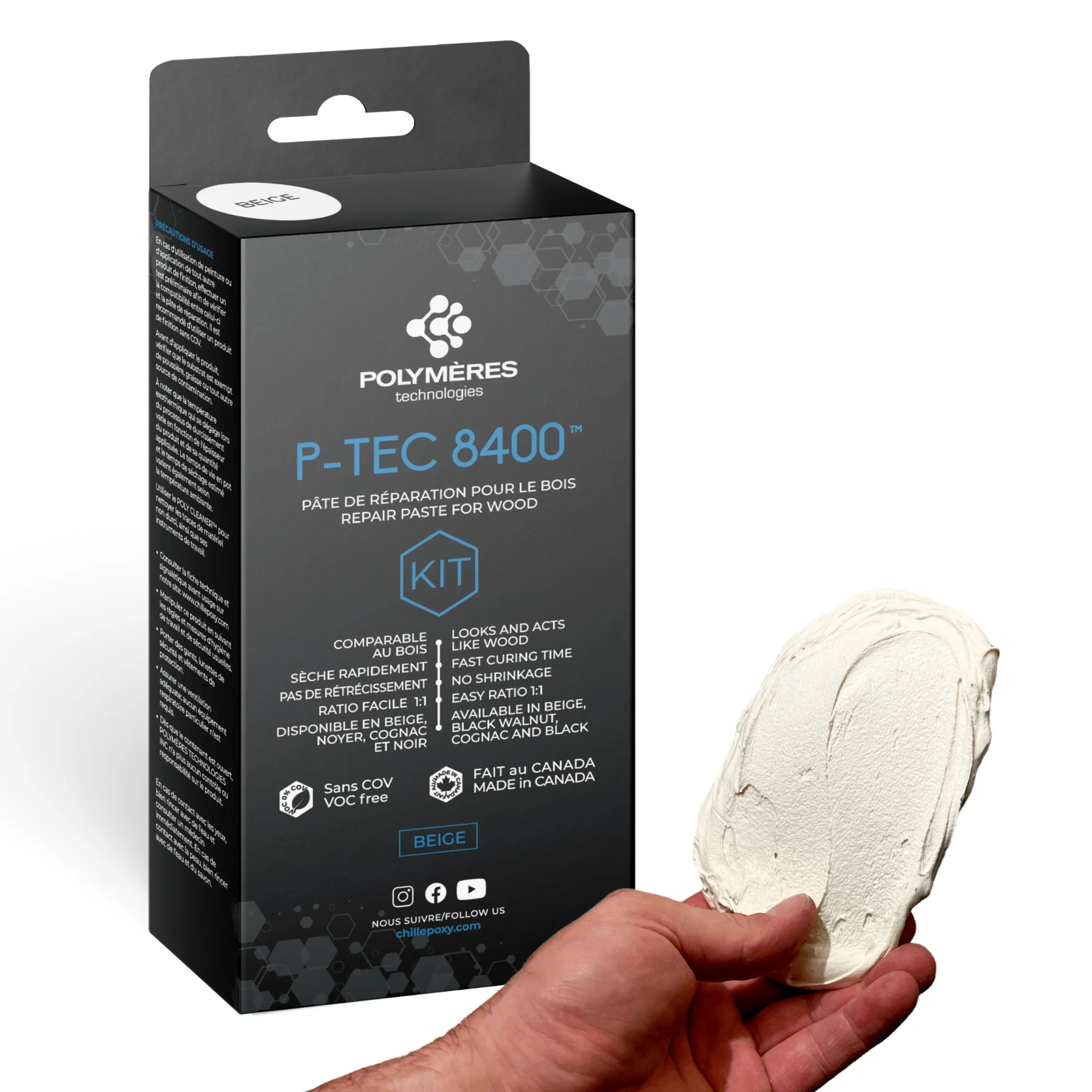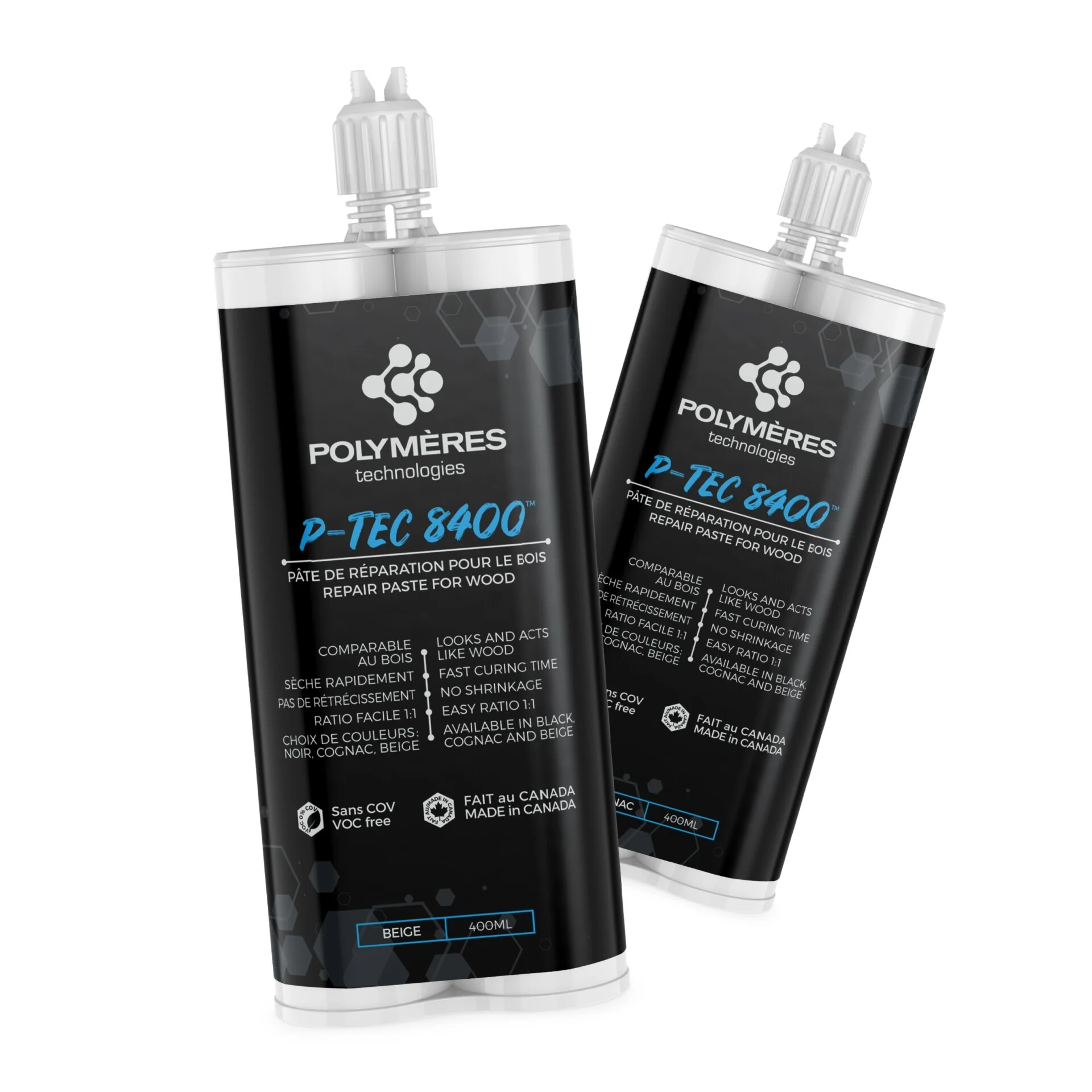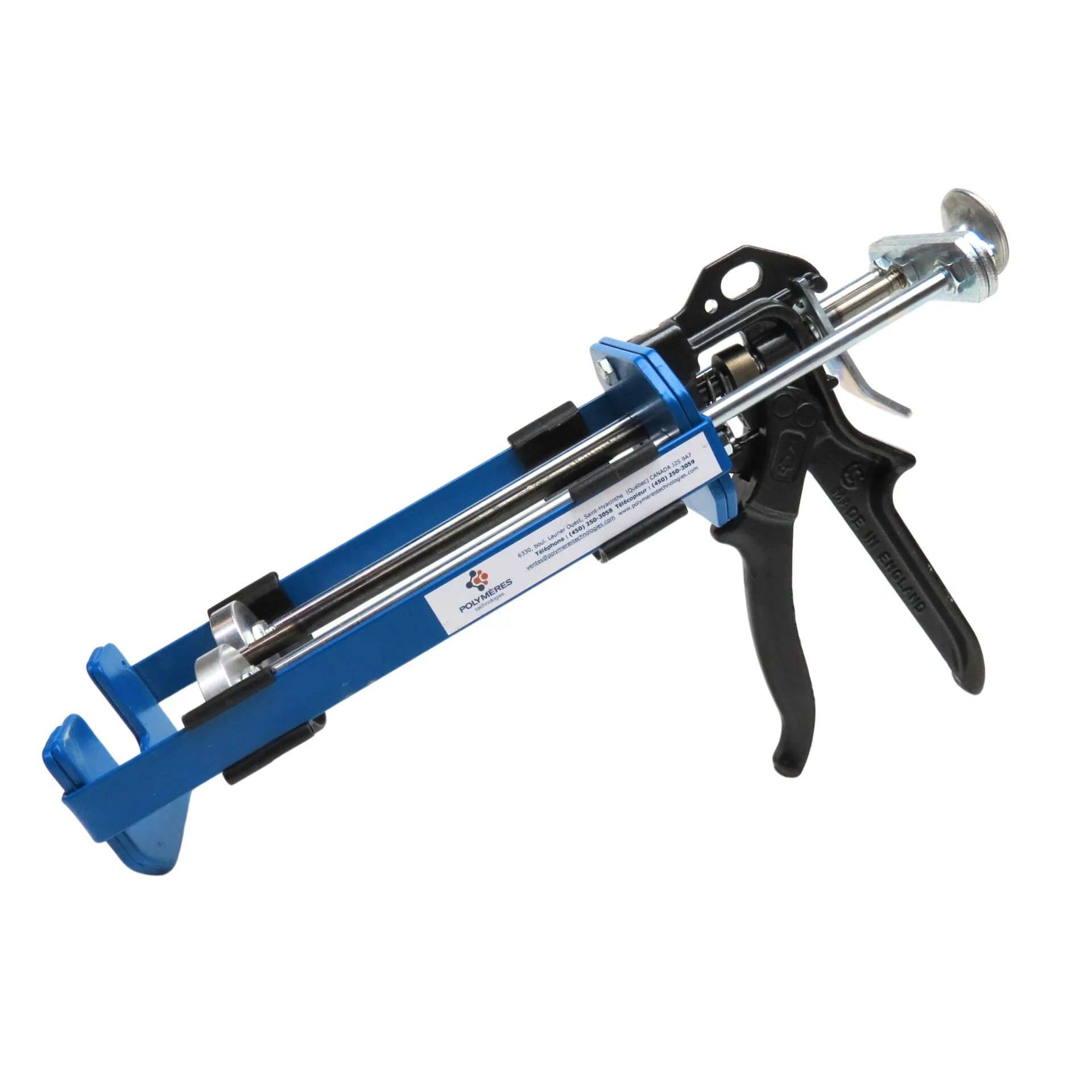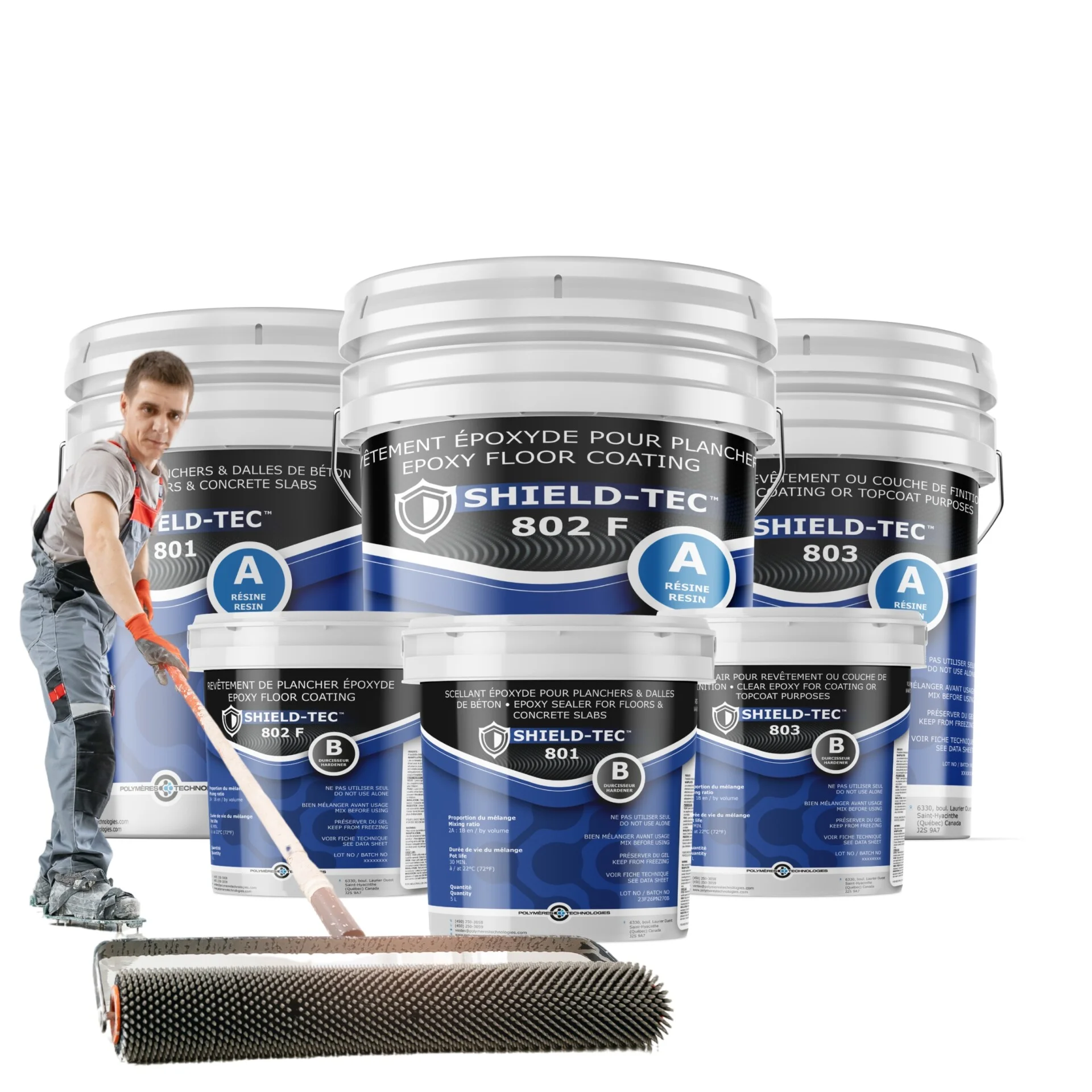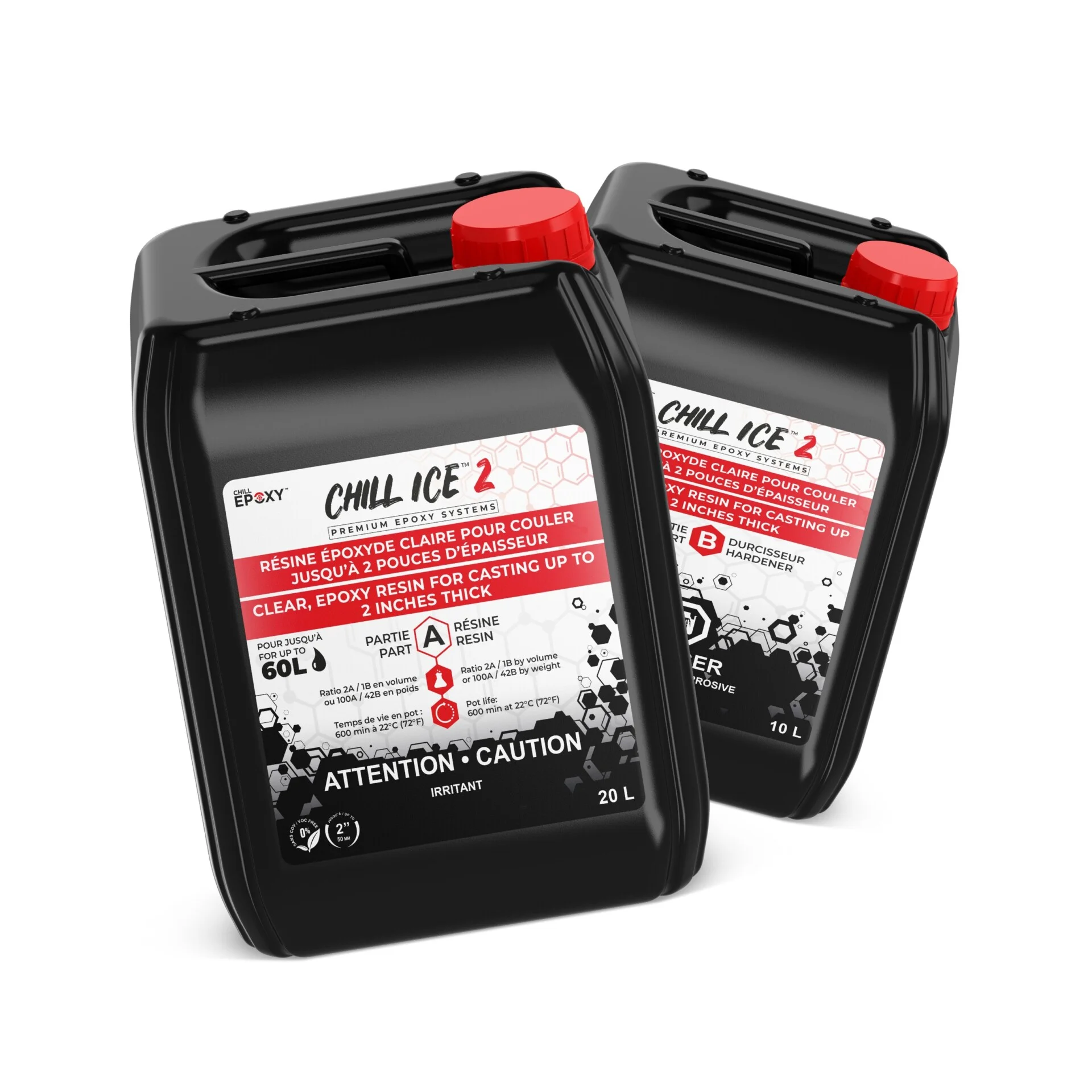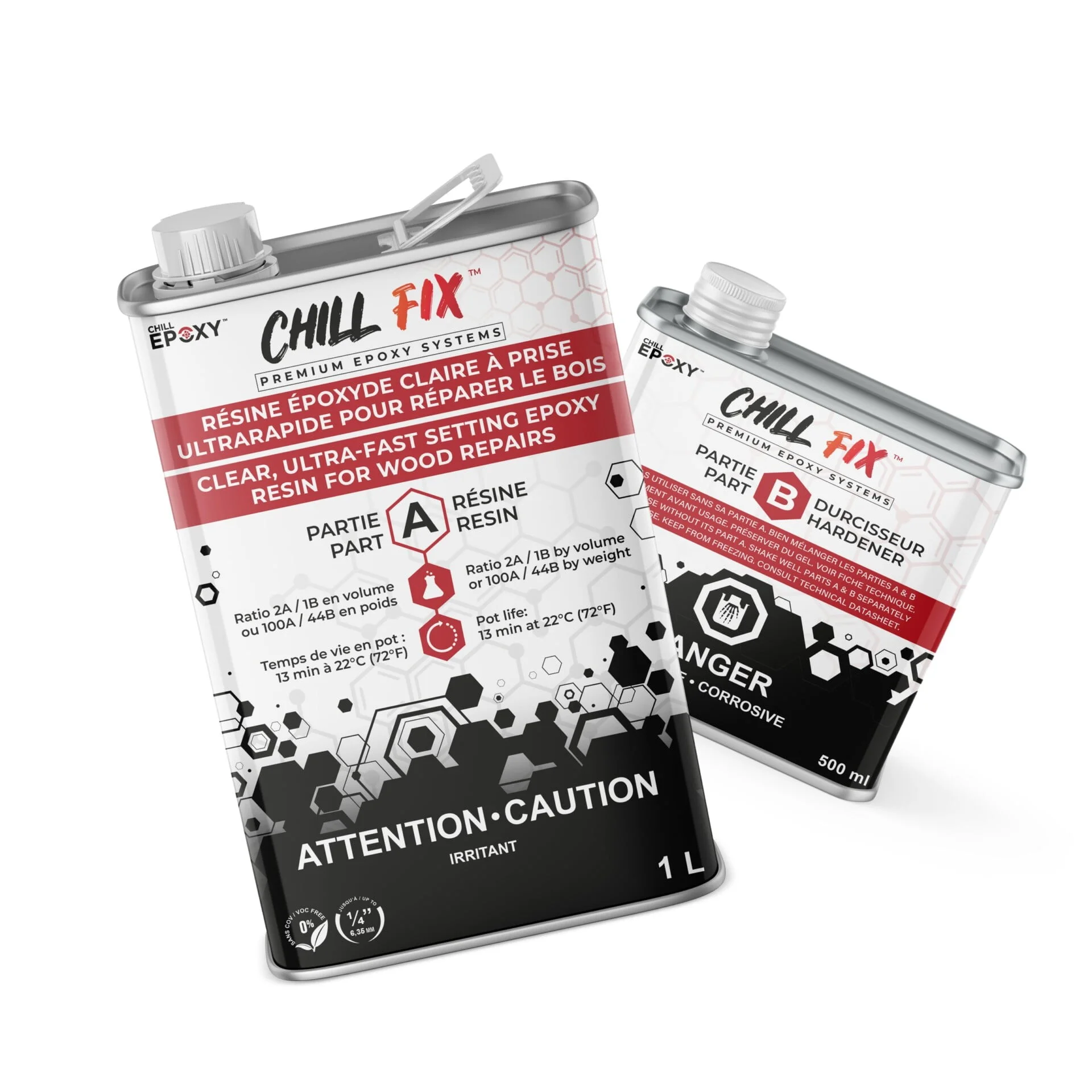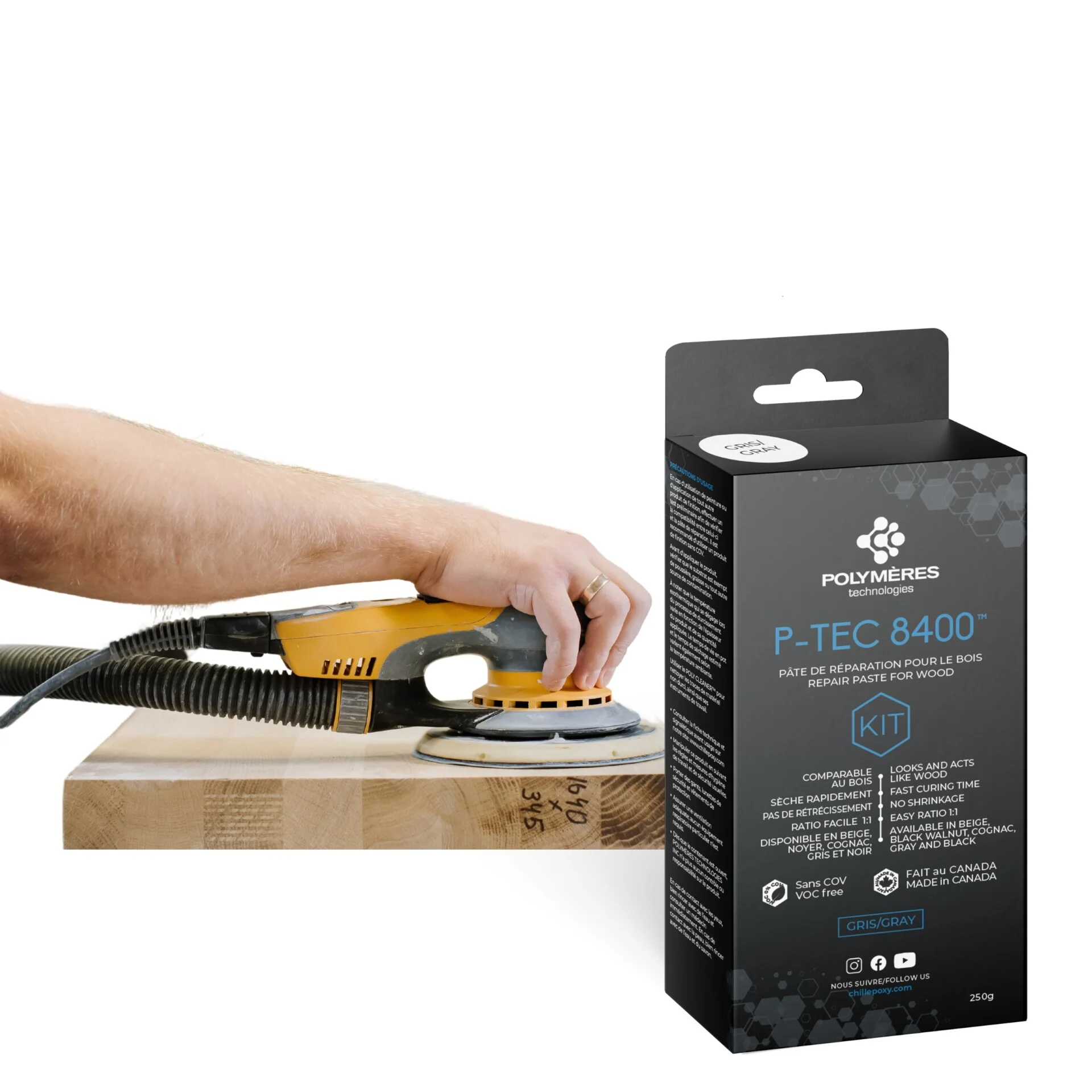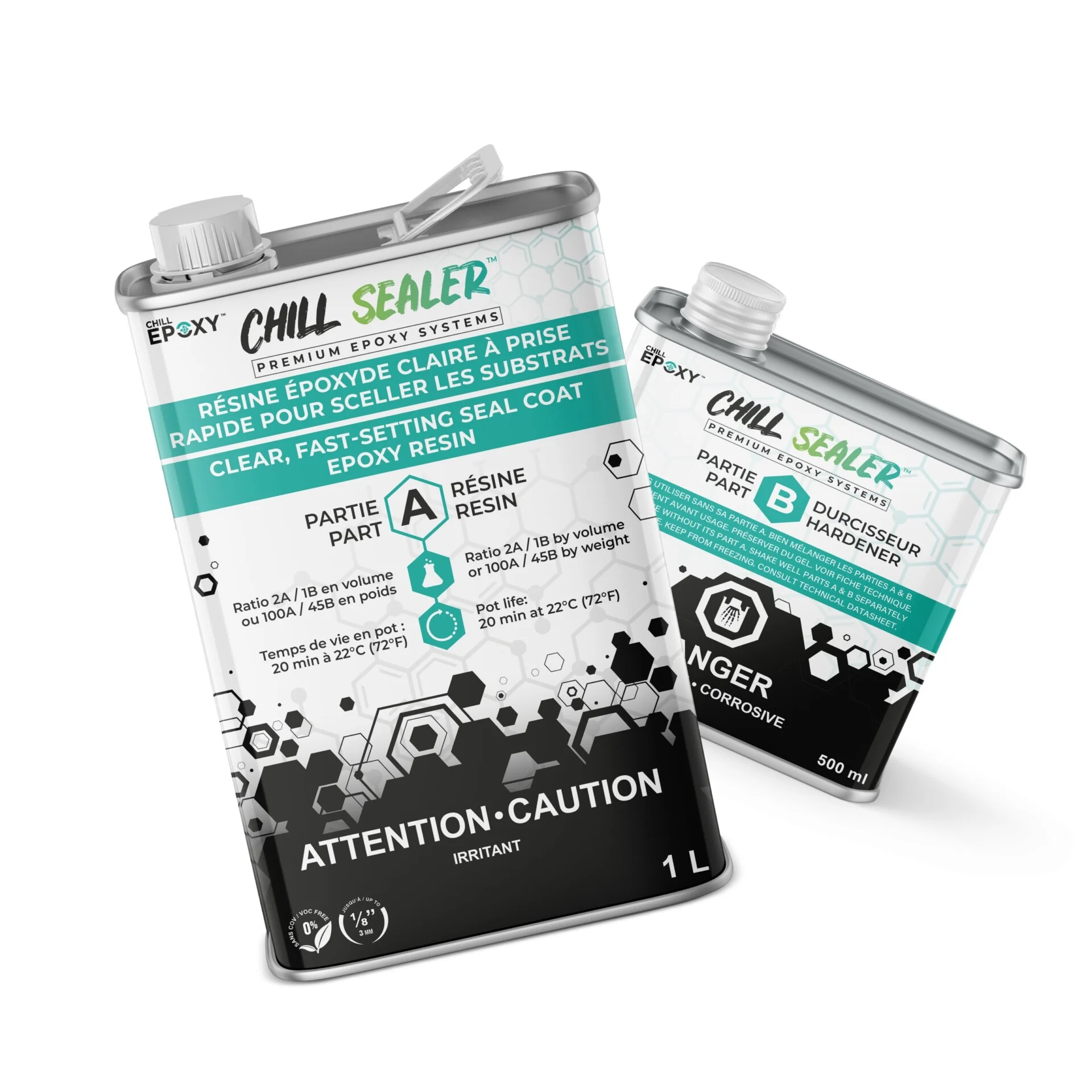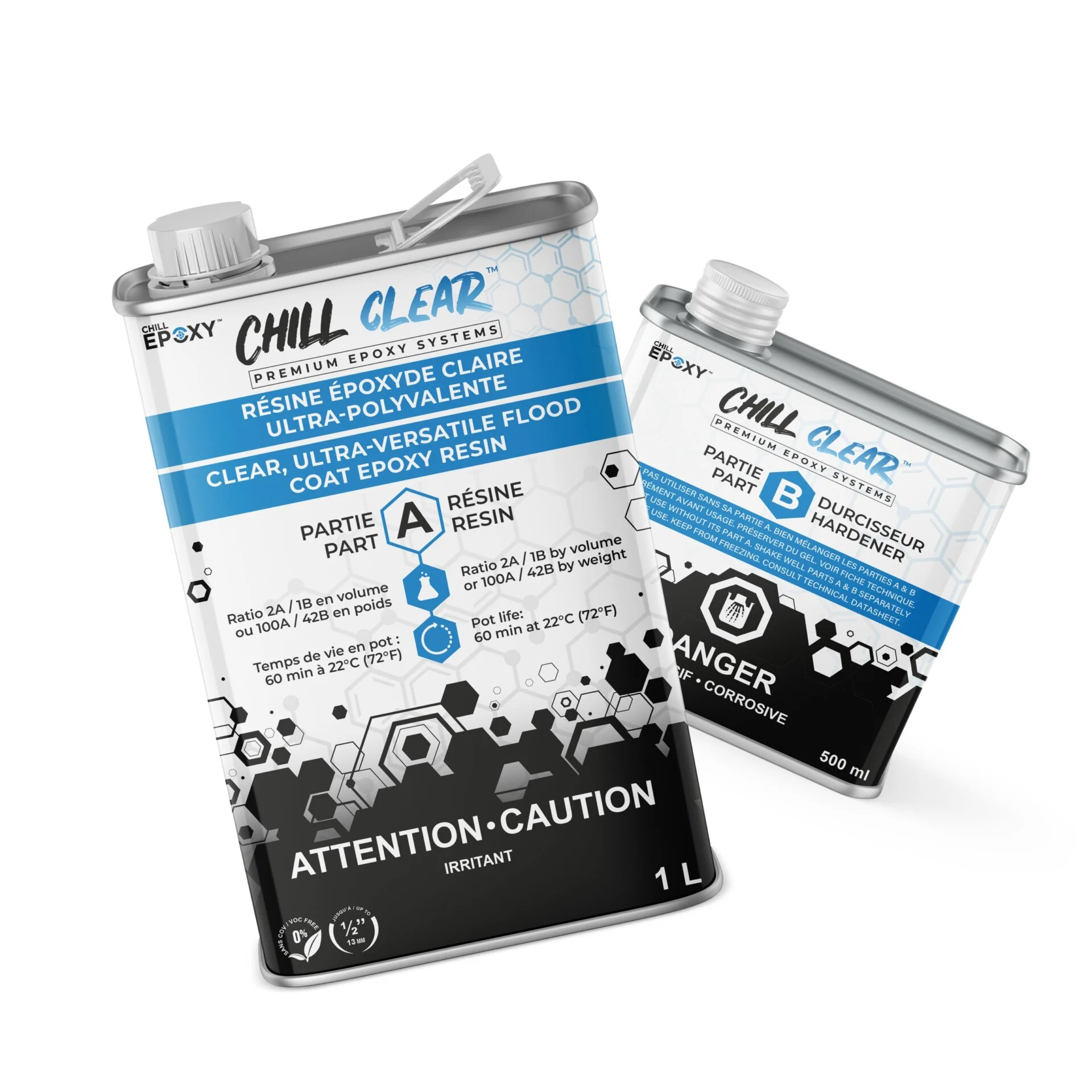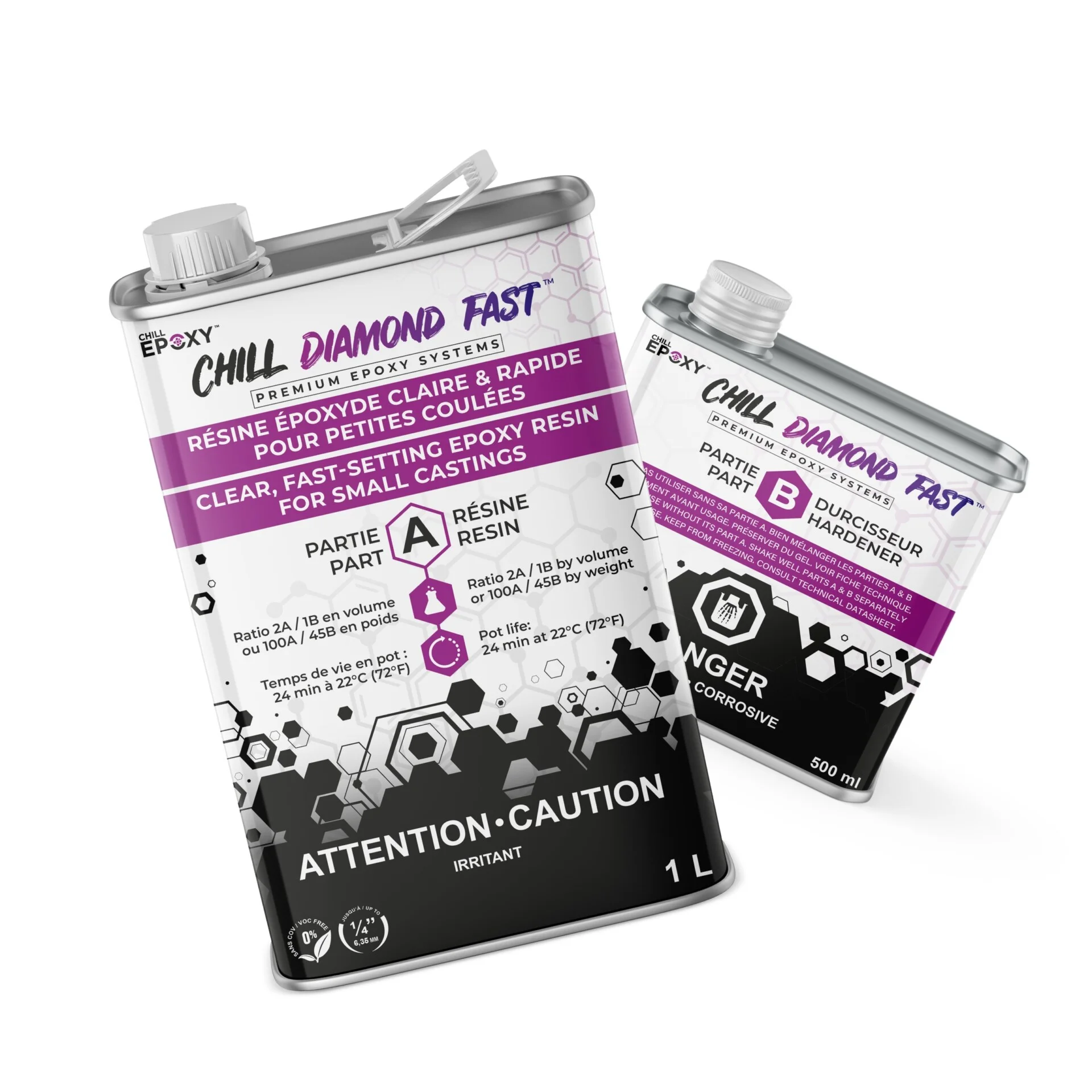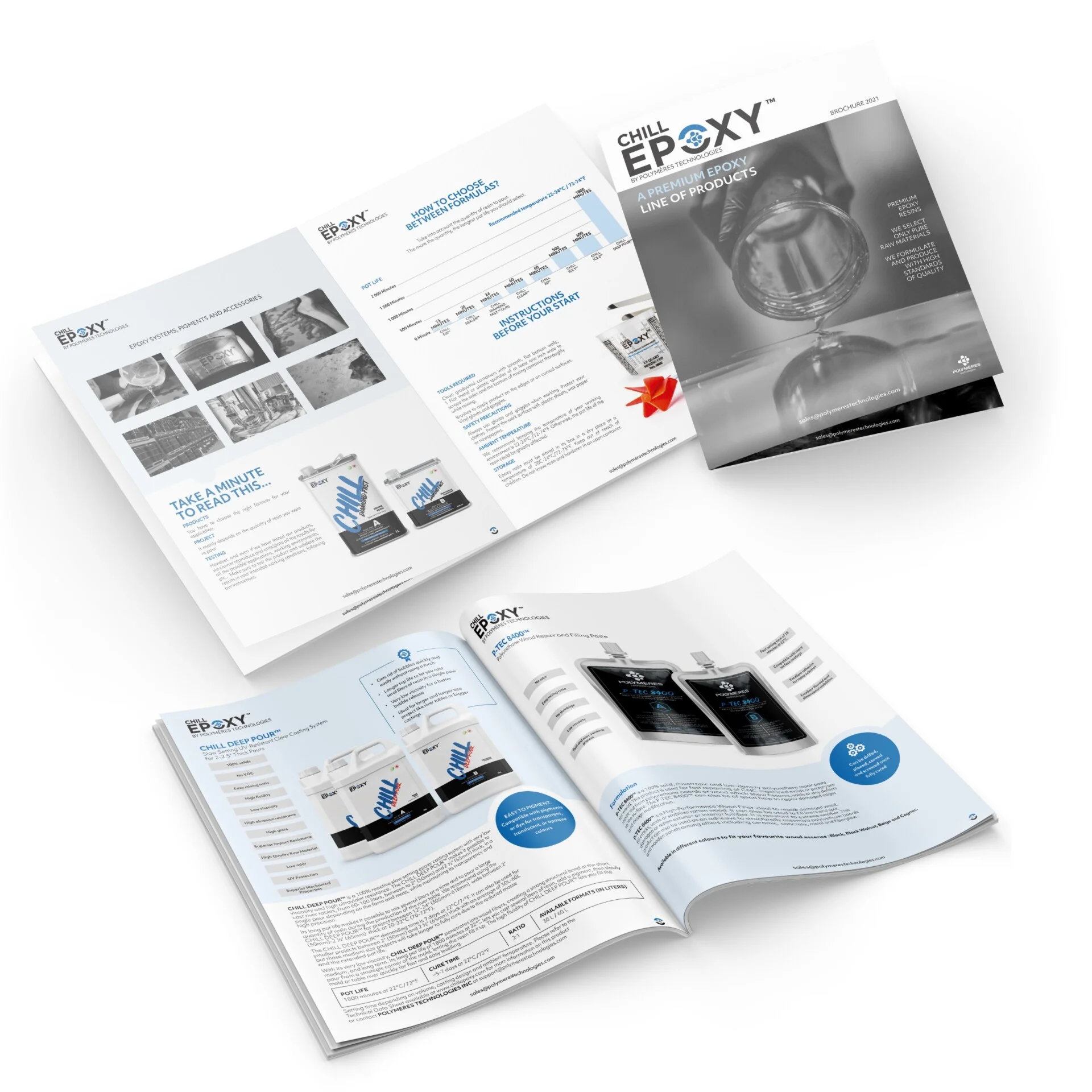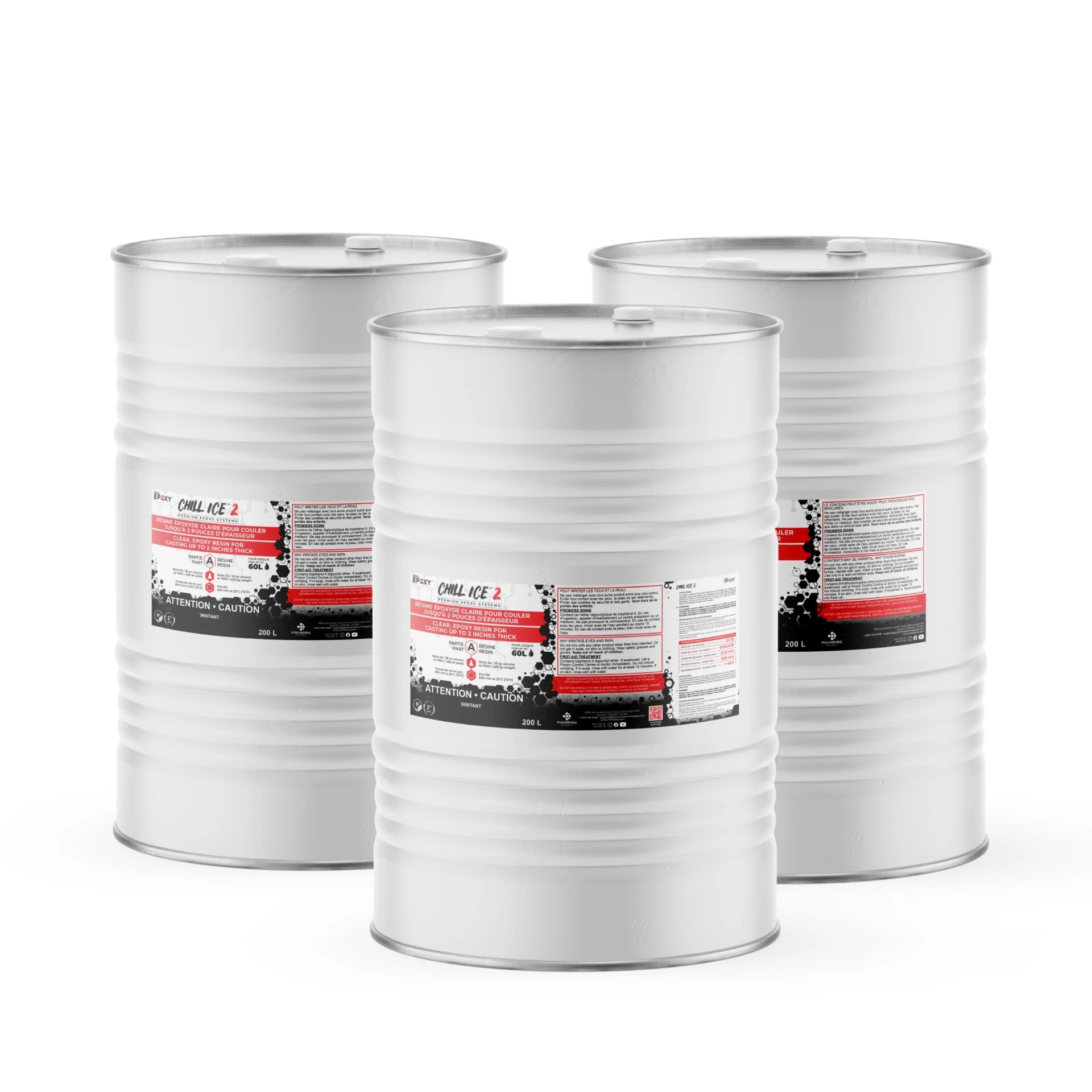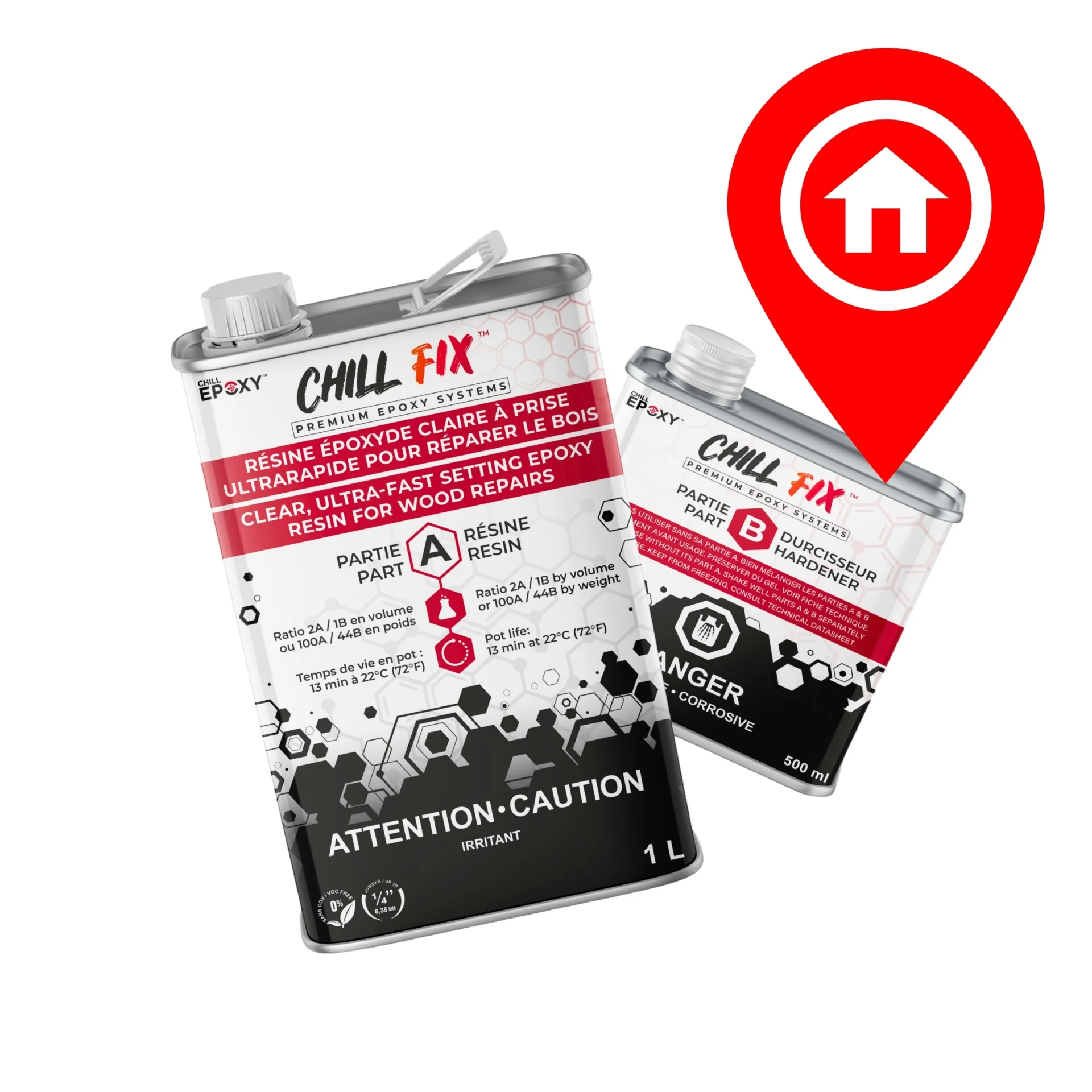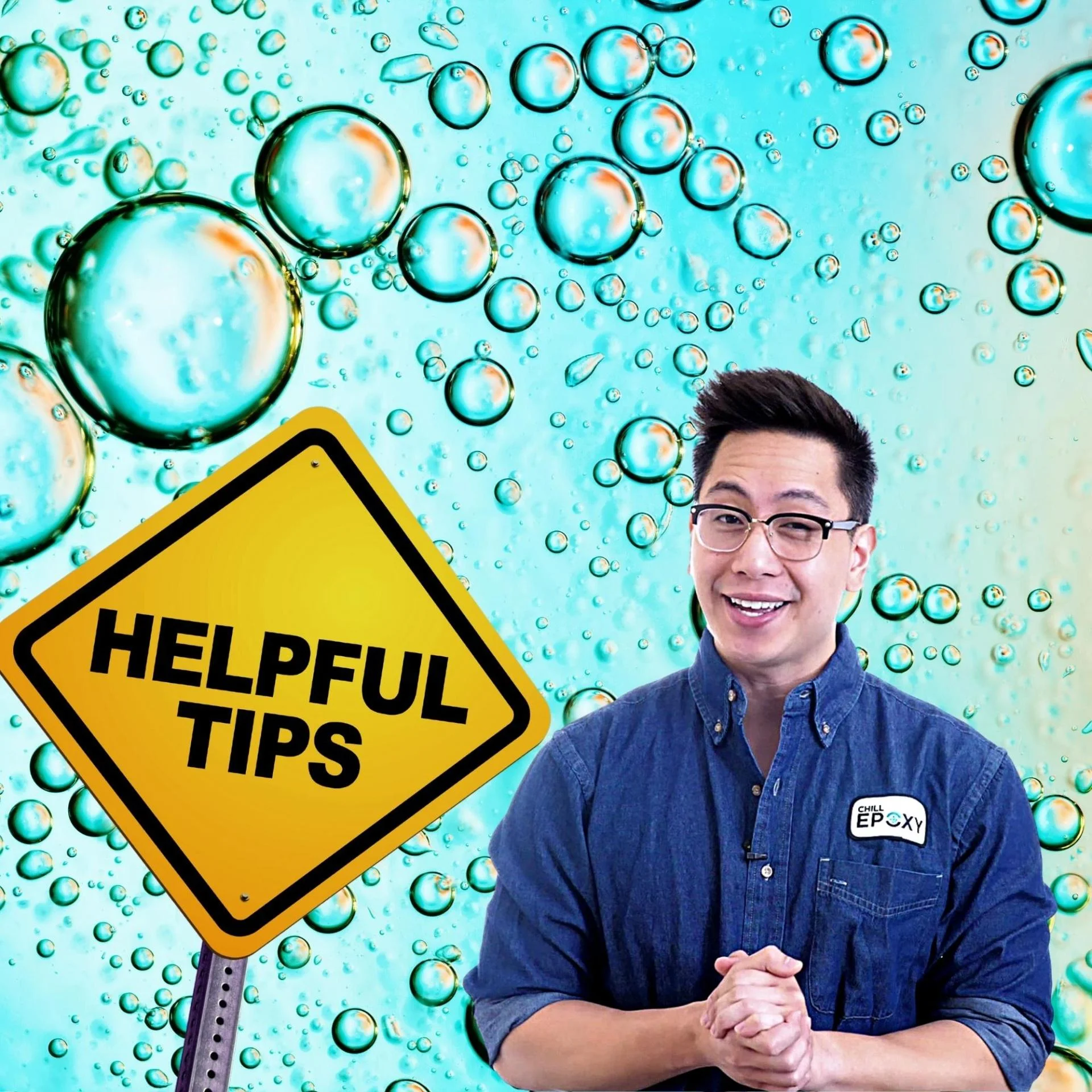FAQ, Troubleshooting
Avoiding Bubbles in Epoxy Resin: Techniques and Tips
Avoiding Bubbles in Epoxy Resin: Techniques and Tips
Epoxy resin is a versatile and durable material that can be used for a wide range of projects, from coating tables and countertops to creating stunning pieces of art. However, one of the most common issues that people run into when working with epoxy resin is the formation of bubbles. These bubbles can ruin the appearance of your project and weaken the overall strength of the resin.
The good news is that there are several ways to avoid bubbles in epoxy resin, so you can achieve a smooth and bubble-free finish every time. Here are some tips to help you avoid bubbles in epoxy resin:
- Mix thoroughly: One of the most important things to do when working with epoxy resin is to mix the resin and hardener thoroughly but slowly. This will ensure that they are well combined and there are no pockets of air trapped in the mixture. Take your time and mix the two components until they are homogenous. It is recommended to mix longer but at medium speed.
- Pour slowly: Another important step to avoid bubbles is to pour the mixture into the mold or surface you are working on slowly. Pouring too quickly can create bubbles in the resin, so take your time and pour the mixture in a steady stream.
- Use a hair dryer or heat gun never a torch: After pouring the resin, use a heat gun or torch to pass over the surface of the resin. using a torch or flame to remove bubbles from epoxy resin can create surface stress on the resin. This is because the intense heat from the flame can cause the resin to expand and contract quickly, which can create wrinkles and other imperfections on the surface. In addition, the heat can cause the resin to yellow or discolor, which can affect the overall appearance of your project. This will cause any bubbles that are present to rise to the surface and pop. Be careful not to overheat the resin as this can cause it to yellow or discolor.
- Use a metal spatula not a wood stick: You can also use a metal spatula to mix and to gently push any bubbles that may have formed to the surface. This will help to release the bubbles and create a smooth finish.
- Use a degassing chamber or vacuum pump: If you are working on a large project or need a completely bubble-free finish, consider using a degassing chamber or vacuum pump to remove bubbles from the resin mixture before pouring. This can be a bit more expensive, but it will give you a perfect result.
- Clean and dry surface: Finally, make sure that the surface you are pouring the resin on is clean and dry. Any dirt, dust, or oils can trap bubbles in the resin and ruin the appearance of your project.
By following these tips, you can avoid bubbles in epoxy resin and achieve a smooth and bubble-free finish every time. Remember, epoxy resin can be a bit tricky to work with, but with a little bit of patience and practice, you can create beautiful and durable projects that will last for years to come.
- Use a heat gun or torch to pass over the surface of the resin after pouring, which will cause any bubbles that are present to rise to the surface and pop.
- Use a spatula or stir stick to gently push any bubbles that may have formed to the surface.
- Consider using a degassing chamber or vacuum pump to remove bubbles from the resin mixture before pouring.
- Also, make sure that the surface you are pouring the resin on is clean and dry, as any dirt, dust, or oils can trap bubbles in the resin.
How to avoid bubbles in epoxy resin? There are many explanations for the formation of bubbles in epoxy resin. It might come from the mixture of part A and part B. Stir with a 1 inch wide flat spatula is your best chance to avoid bubbles. While mixing, it is recommended to perform slow figure eight shapes or irregular motions in the epoxy instead of a fast-circular motion. This will allow the resin and hardener molecules to encounter each other in different directions instead of running around in circles.
AVOID AT ALL COSTS
- Avoid using wooden stick to mix resin.
- Mixing too fast, because it will cause more air bubbles to form in the mixture.
- Leave the mixture to degas before pouring it over the surface to be covered. Be careful, the more you wait after mixing part A and Part B, the thickener the resin will become, especially with FAST SETTING epoxy such as our CHILL SEALER, CHILL FIX, CHILL DIAMOND FAST and CHILL CLEAR.
How to avoid bubbles in epoxy resin?
It might come from the surface to be covered. Some materials (plaster, wood) are more porous or contain humidity which makes more air bubbles rising to the surface. It is recommended to apply a thin layer of resin as a sealer. In this case, there is no need to wait until this layer is completely dry before pouring the resin. It is even recommended to apply the resin while the sealing layer is still a little bit sticky/tacky.
In conclusion, bubbles can be a common issue when working with epoxy resin, but with the right techniques, you can achieve a smooth and bubble-free finish every time. Using a torch or flame to remove bubbles from epoxy resin is a technique that is often recommended on social media, but it is not the best method for achieving a bubble-free finish. It can create surface stress and imperfections on the surface, and can also discolor the resin.
Instead, using a spatula or stir stick to gently push any bubbles that may have formed to the surface, using a heat gun or hot air gun with low heat setting to pass over the surface of the resin after pouring, or using a degassing chamber or vacuum pump to remove bubbles from the resin mixture before pouring can be more effective in removing bubbles without creating surface stress and imperfections.


